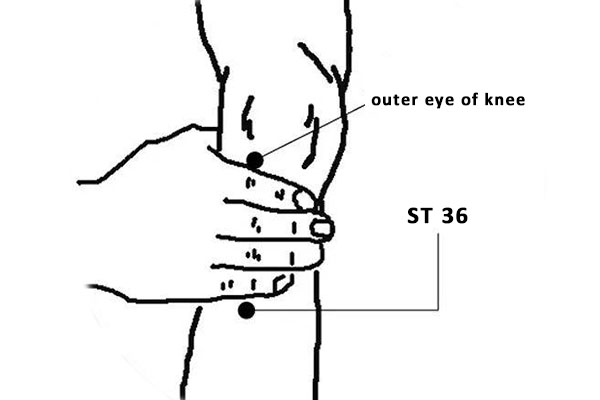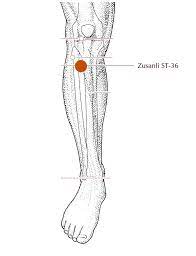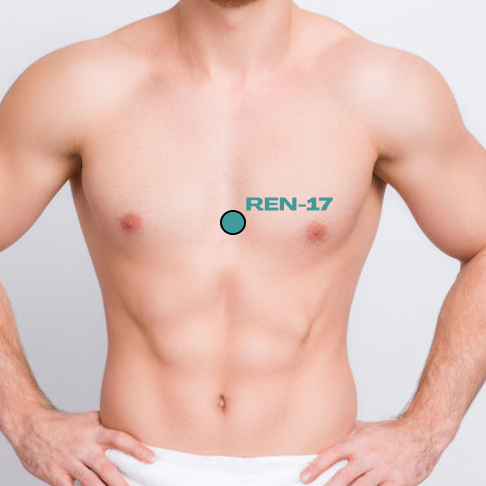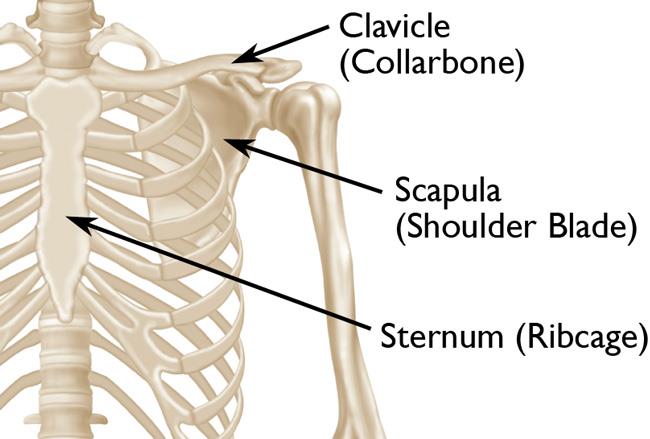
Understanding Qi
ARE YOU A SHIATSU PRACTITIONER, OR WOULD YOU LIKE TO BE ONE? WHY NOT JOIN THE SHIATSU SOCIETY OF IRELAND?
There are many benefits from becoming a Shiatsu Practitioner, both as a practitioner and as a client of Shiatsu.
If you are interested in becoming a Shiatsu practitioner, or if you are already, why not join the Shiatsu Society of Ireland to receive regular newsletters and update, tips from other Shiatsu Practitioners, and join us for regular meet ups and online talks to benefit your practice.
CLICK HERE FOR MORE INFORMATION ABOUT BECOMING A MEMBER OF THE SHIATSU SOCIETY IRELAND
UNDERSTANDING QI
Yin and Yang:
To truly understand qi it is important to understand Yin-Yang.
Yin is that portion of qi that is passive, moist and dark; it is the physical side of the universe.
Yang is delicate, ethereal. It is active, dry and hot.
Yin and yang do not exist outside of each other, and must be kept balanced in order to create good emotions and health.

Maintaining Balance of Qi
As with yin-yang, qi needs to balance in order to maintain good health, both physical and emotional.
Curing an imbalance of qi is the basis of healing practices in Traditional Chinese Medicine, such as shiatsu and acupuncture.
Qi Deficiency: Lack of sleep, food, fresh air, exercise, lack of mental stimulation, social interactions and affection or love.
Excess Qi: Too much Qi can affect the body even more so than too little. This can occur due to excessive exercise, overeating, stress, anxiety or negative emotions.
An advanced diagram showing the relationship between qi and the diurnal cycle.
To avoid this imbalance it is important to be aware of your qi and nurture it.
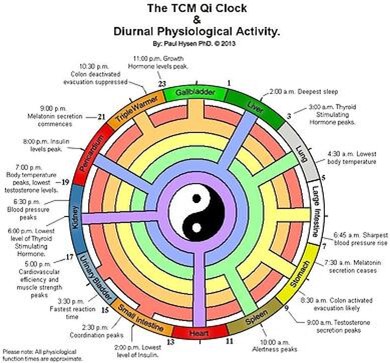
There are four types of qi within the human body:
- Parental Qi: Inherited from our parents at conception. Parental qi is stored in our kidneys.
- Pectoral Qi: Produced by breathing. Pectoral qi is stored in the chest area.
- Nutritional Qi: From eating food, nutritional qi is responsible for bringing nutrition to all parts of the body.
- Defensive Qi: Responsible for keeping immune systems healthy, and protecting the body from illness. Defensive qi is the yang of nutritional qi, meaning that it is also derived from eating nutritious food.

FIND A SHIATSU PRACTITIONER NEAR YOU
Click on the link below to find a Shiatsu Practitioner in your area



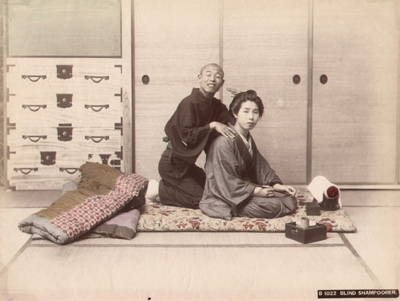
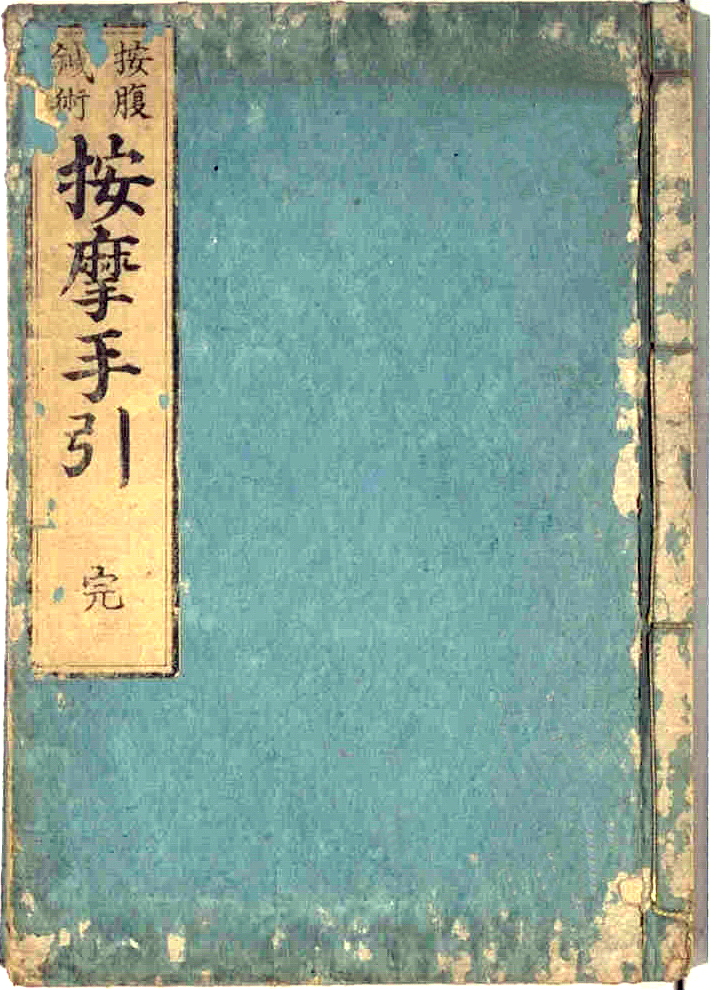
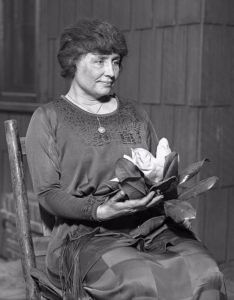
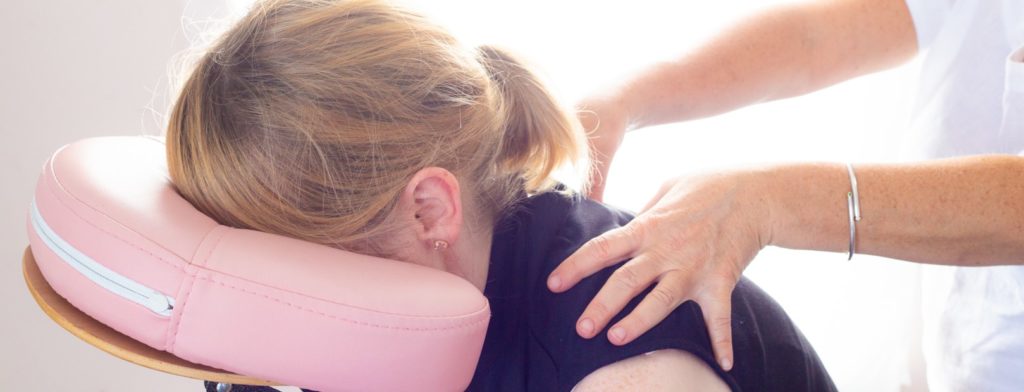
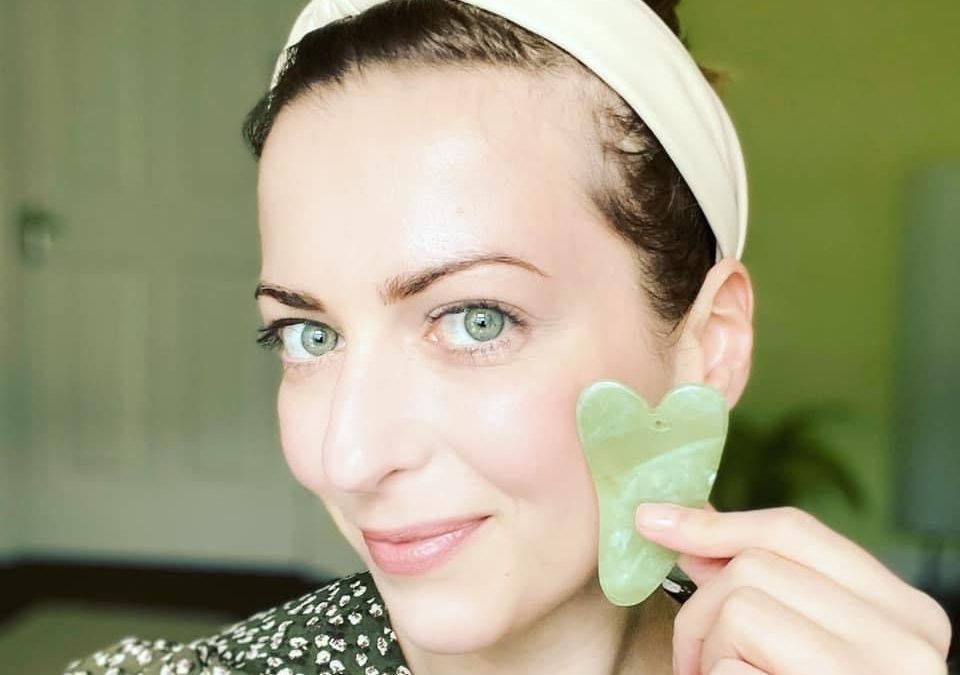
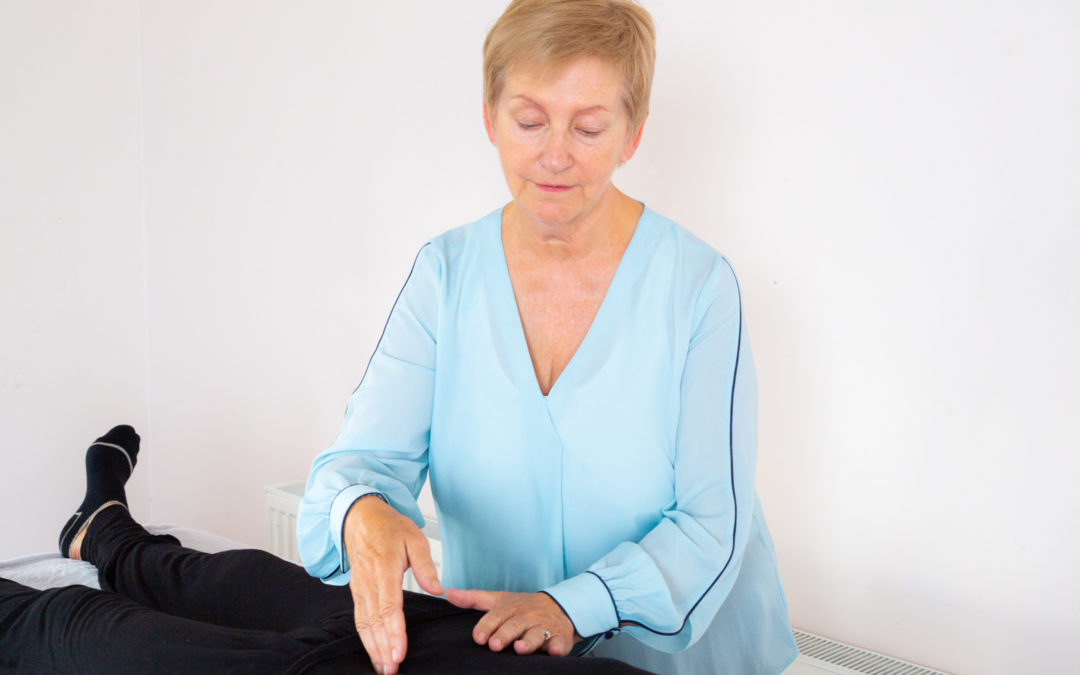
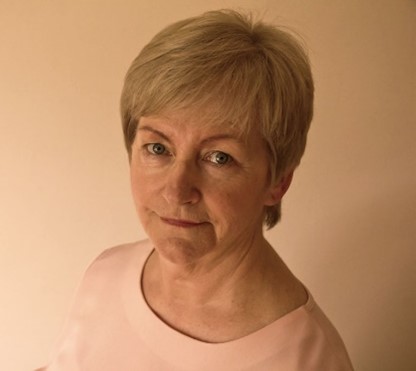
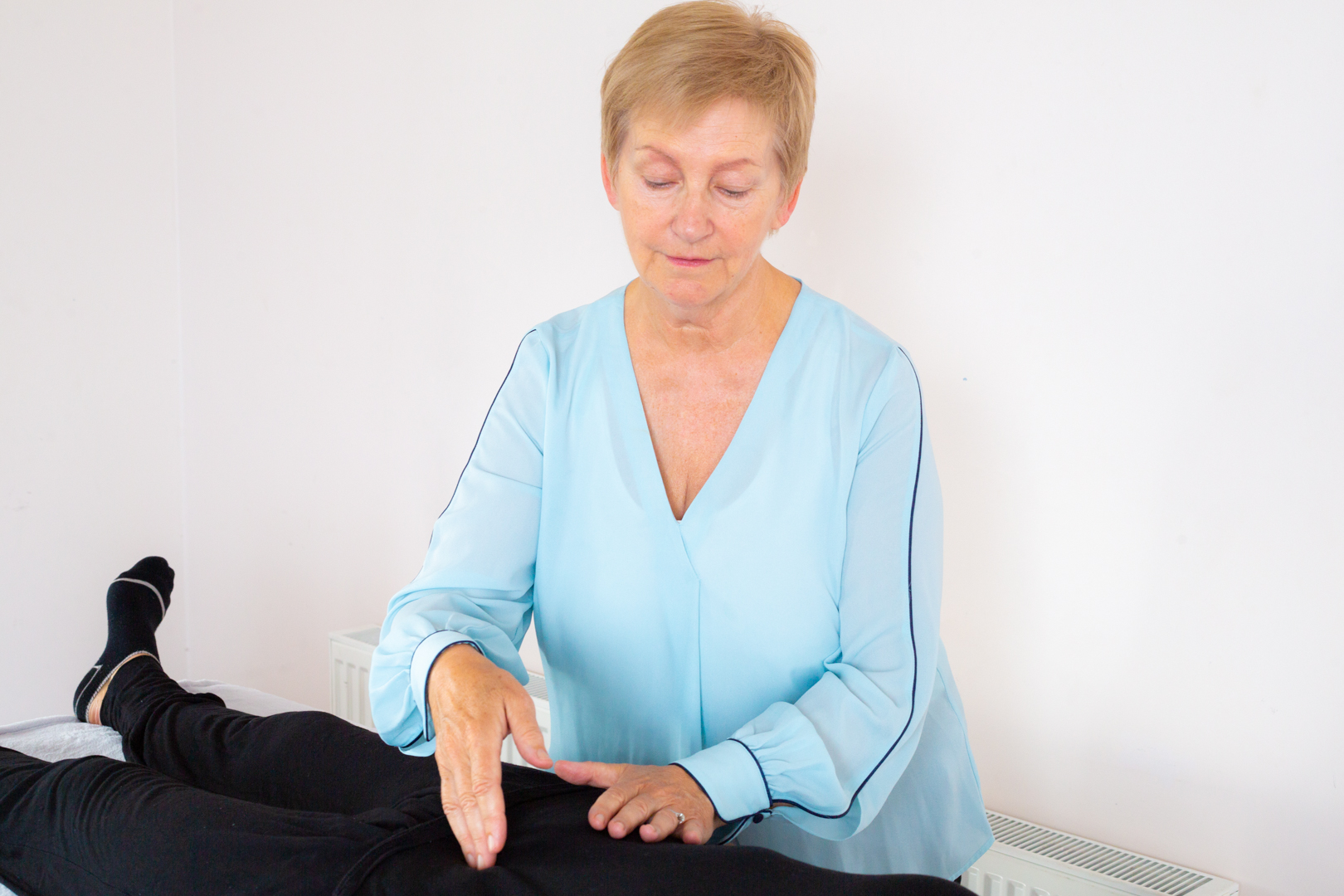
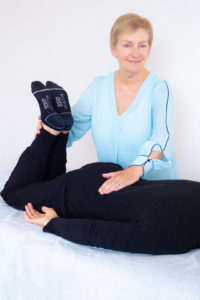 Patricia O’Hanlon is a qualified practitioner of Shiatsu, Rejuvenating Face & Head Massage and Health & Life Coaching.
Patricia O’Hanlon is a qualified practitioner of Shiatsu, Rejuvenating Face & Head Massage and Health & Life Coaching.